Summary
- Establish house rules early to avoid rules-lawyering.
- Stick to your calls as the DM; your call is your call.
- Review character sheets ahead of time to prevent tense standoffs during play.
Serving as Dungeon Master for a party of expert-level players can prove difficult in Dungeons & Dragons. D&D has one of the most complicated rulesets out there for a tabletop game, and this means that your table is more than likely going to know just as much as you do as DM.
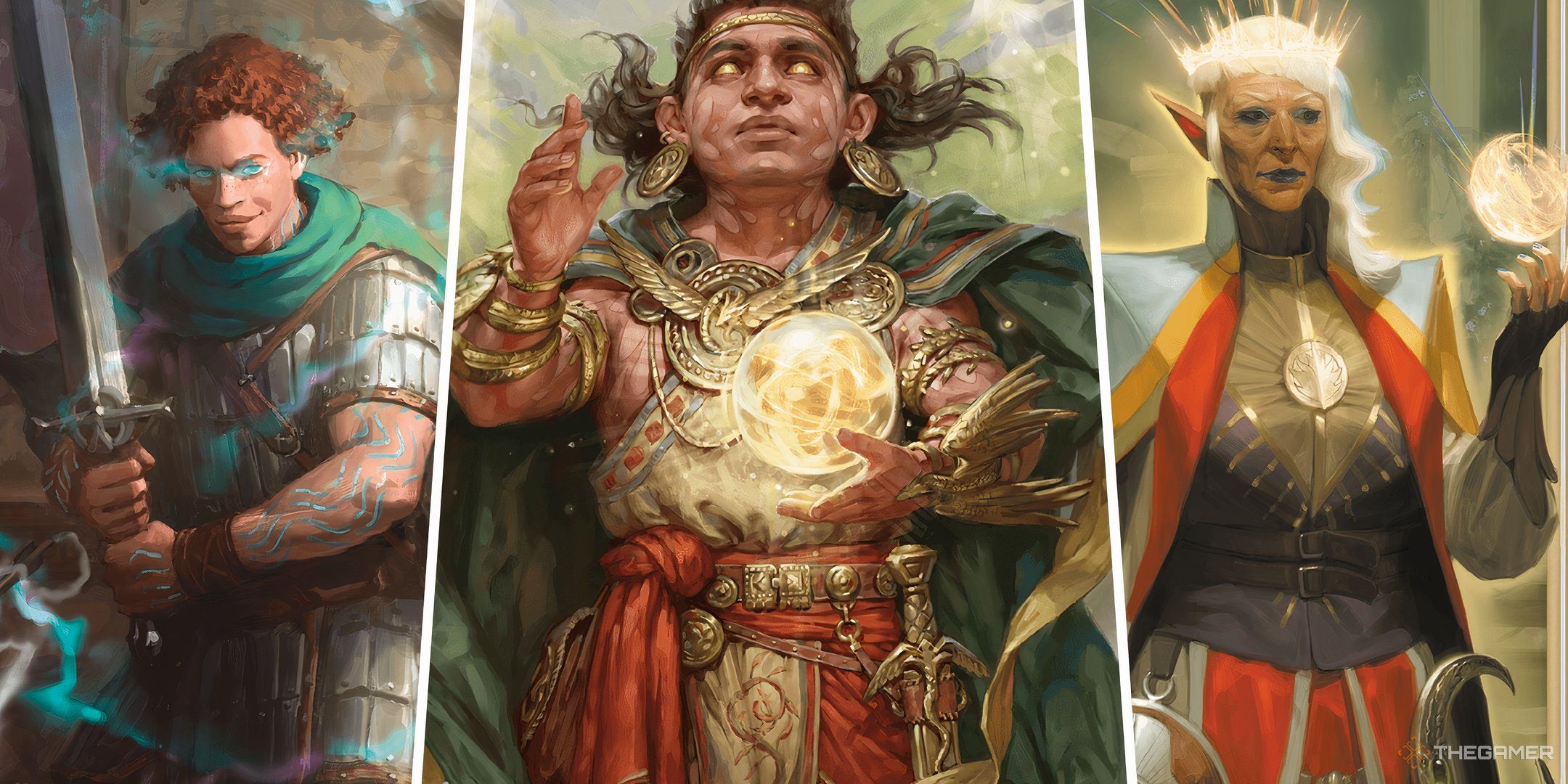
Related
Dungeons & Dragons: 10 Tips To Pick The Best Subclass
Time to pick your subclass in Dungeons & Dragons? Here are some tips and tricks to help you decide.
It’s even possible that players may try to take advantage if they know a rule and you don’t, so you’ll need to keep on your toes. If you’re planning on DM-ing for a group of expert-level players, check out this list of tips and tricks to keep your table running smoothly.
10
Establish House Rules Early
Every Table Is Different
If you’re DM-ing a group of expert players, chances are they’ve all seen their fair share of different house rules, and adjustments made to long-standing D&D rules. Everyone might have a different set of expectations when it comes to initiative, combat encounters, and more.
So, before you actually start playing, make sure you establish which house rules you will be using (if any) as a Dungeon Master. That way, everybody’s on the same page before play starts, and you’ll avoid any uncomfortable rules-lawyering later down the line during a critical death-saving roll.
9
Stick To Your Calls
Remember, You’re The DM
At the end of the day, you’re in charge. Yes, there are plenty of prewritten rules in the 2024 Dungeon Master’s Guide for turn of play, how abilities work, and more. But, no matter what, the most important rule in Dungeons & Dragons is that your call is your call.
You don’t want to abuse this power as a DM, changing the rules left and right. But, if some disagreement at the table about rules and mechanics ends up in a gray area, your call ultimately has to be the one that’s accepted. Many expert players may not like this, but kowtowing can prove more frustrating for gameplay later down the line.
8
Review Character Sheets Ahead Of Time
Save Yourself Trouble
If you’re playing with expert players, and they’re porting over character sheets from another game or campaign they’ve previously played, make sure you’re taking a look at these sheets before you actually sit down and play the game. Their previous DM might’ve allowed things at their table that you’re not comfortable running, or don’t make sense in the context of your campaign setting.

Related
Dungeons & Dragons: The Best Ideas For Running A One-Shot
For beginners or a quick adventure, one-shot campaigns can be the perfect way to go.
Make sure you review these ahead of time so that you don’t end up in tense standoffs at the table. If you have to ask a player to get rid of something on their sheet, try to offer them a different boon that makes more sense for your table so they don’t feel punished for playing their old build.
7
Increase Encounter Difficulty
Give Them A Challenge
It’s pretty common for Dungeon Masters to incorrectly scale their combat encounters. Most DMs end up feeling a bit gun-shy when it comes to balancing encounters, and will often create combat scenarios that are too easy. Of course, when you’re playing with beginners or mid-level players, you want to err on the side of caution.
However, with more experienced players, the opposite is true. These players have seen it all, and will likely feel a bit bored if the combat encounters you’re throwing at them are underleveled. Of course, you still want to avoid a TPK when possible, but typically, expert players would rather feel challenged than underwhelmed.
6
Encourage Intraparty Roleplay
Give Yourself A Break
One habit that a lot of advanced D&D players tend to fall into is talking to only the Dungeon Master. They’ll talk to the DM about things they want to do with their character, side quests they want to undertake, shopping they want to pursue, and more. However, this can prove exhausting for you as the DM.
That’s why it’s important to try to encourage intraparty roleplay. This not only helps because it gives you a break to sit and regain some energy, but because it’ll make play more engaging for the whole table. Try to encourage intraparty roleplay by posing a question to the table for them to discuss what the party would like to do next.
5
Keep Play Moving
Move It Along
Another pitfall that advanced players tend to fall into is losing track of time. Sometimes, a table of advanced players is fine to play for five to six hours at a time, or even longer, depending on the group. However, this is not always great for everyone, and a lot of seasoned D&D players may lose track of how long they’ve been pursuing something.
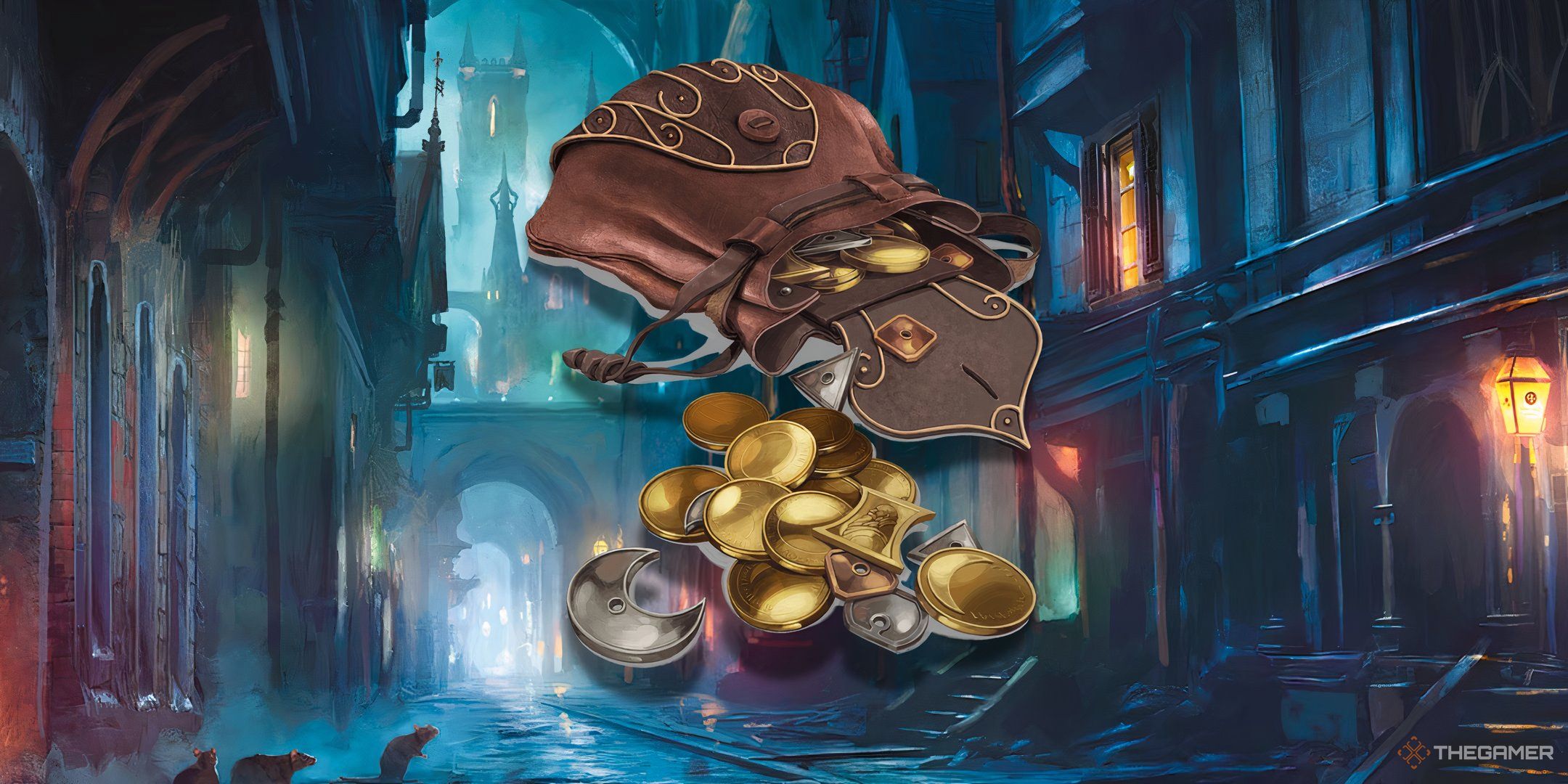
Related
Dungeons & Dragons: 10 Tips To Make Money As A High-Level Character
Looking to get rich quick in your DND campaign? Here are the best tips and tricks to earn money fast as a high-level character.
Try to encourage expert-level players to share the spotlight with their table. This is especially important if you’re starting your adventure at higher levels, and the party doesn’t really know each other yet. When the group isn’t bonded, it’s easy for individual players to hog the limelight.
4
Balance Builds
Small Tweaks Here And There
Similar to our tip about examining character sheets ahead of time, make sure any player who brings in a unique build of some kind is willing to balance their character with the rest of the party. If people are bringing in characters from other campaigns, you’ll want to make sure you’re not running a campaign or a party that has a wide level range.
For example, if two players bring in old characters and one is level 12 and the other is level five, you might want to talk to them about scaling down and scaling up their characters, respectively. This will help keep the table feeling more egalitarian and balanced.
3
Knock ‘Em Down A Peg
Get Creative
A lot of the time, expert players will know what kind of builds they like to play, what kind of items and weapons they like to use, and what spells they’ll typically have in their spell sheet. To keep them on their toes, try to create encounter situations where they can no longer rely on their old bag of tricks.
For example, if your party is filled with expert melee combatants, put them in a situation where all of their weapons are stolen, and they’ll have to rely on their wits instead. This can prove to be a fun challenge for D&D veterans and is sure to make for a memorable campaign session.
2
Roll Above Table
Keep It Fair
Let’s be honest; every DM fudges dice rolls sometimes. Most of the time, a DM will do this for beginner players to try to keep things feeling a little more lighthearted and not so punishing. However, most advanced players don’t typically like this idea.
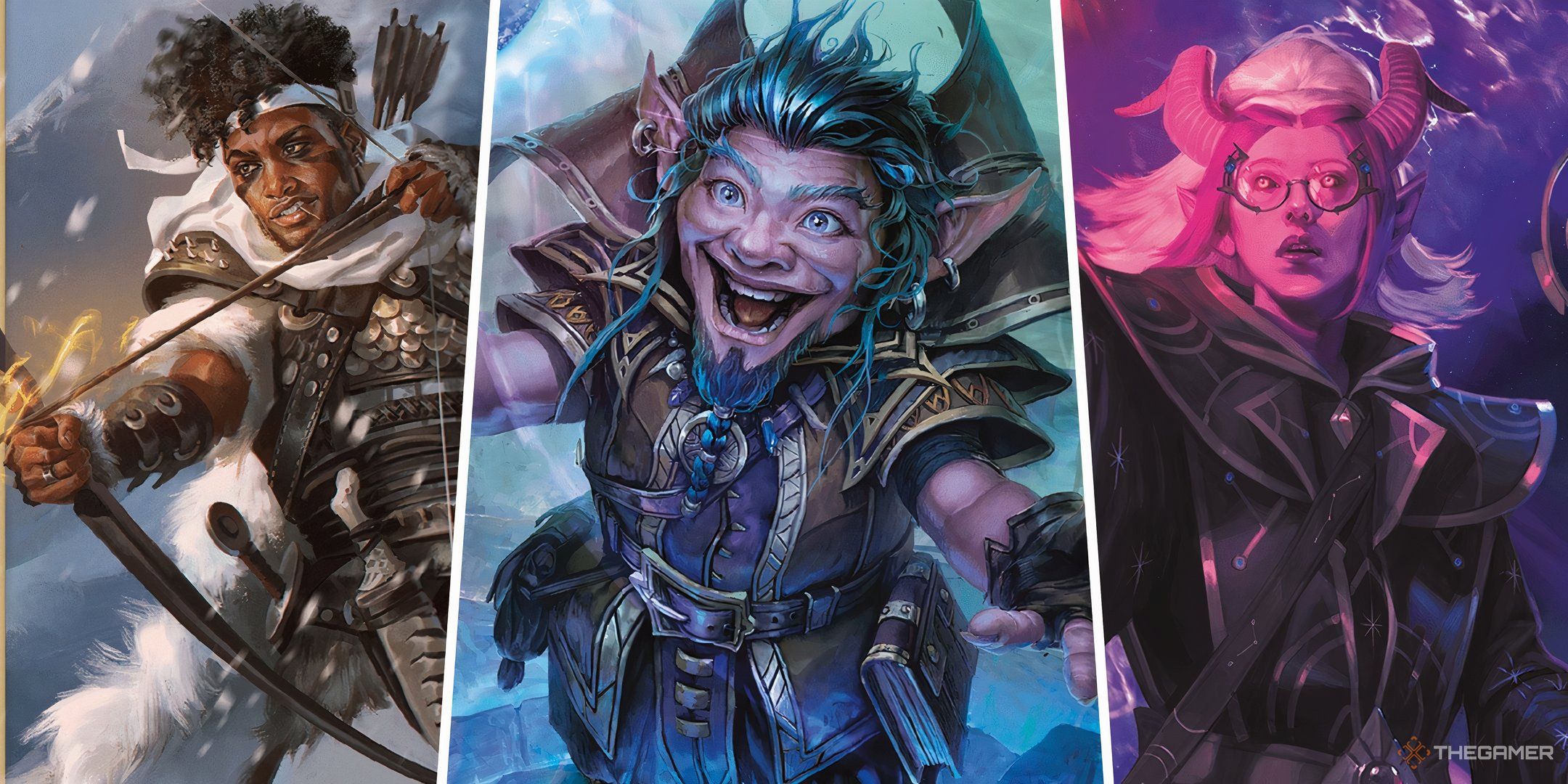
Related
Dungeons & Dragons: All Level 20 Abilities, Ranked
Every single class in Dungeons & Dragons has a level 20, or capstone ability. But, which ones are the best? We ranked them all.
That’s why it’s important, especially for critical dice rolls, that you roll above the table or in front of your DM screen. Try to encourage your players to do the same, and prevent them from rolling secretly behind large dice trays. This helps make the table feel fair and fun for everyone.
1
Track DCs, ACs, And HP
Knowledge Is Power
Combat can get especially challenging and tedious at higher levels of play. One way you can help expedite this is to keep track of your players’ DCs, ACs, and HP behind your DM screen. That way, rather than asking someone if an attack hit or if an enemy saved from your player’s spell, you know automatically.
This keeps the turn of play moving quickly during long combat encounters. Plus, if you track your players’ HPs, you can better balance combat encounters to either go for weaker players or stronger ones depending on if you’re feeling merciful or not.
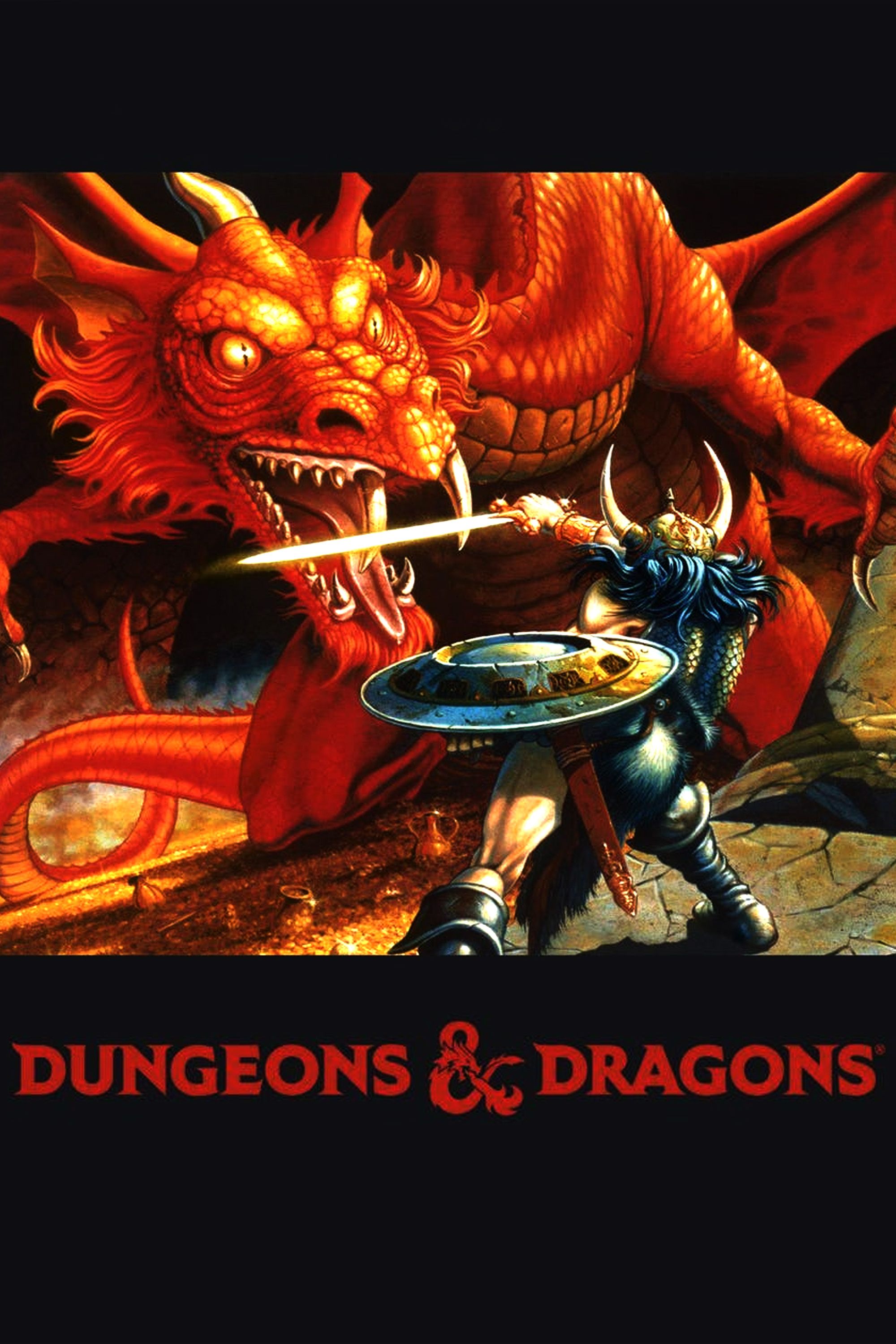
- Original Release Date
-
1974
- Designer
-
E. Gary Gygax, Dave Arneson
- Player Count
-
2+
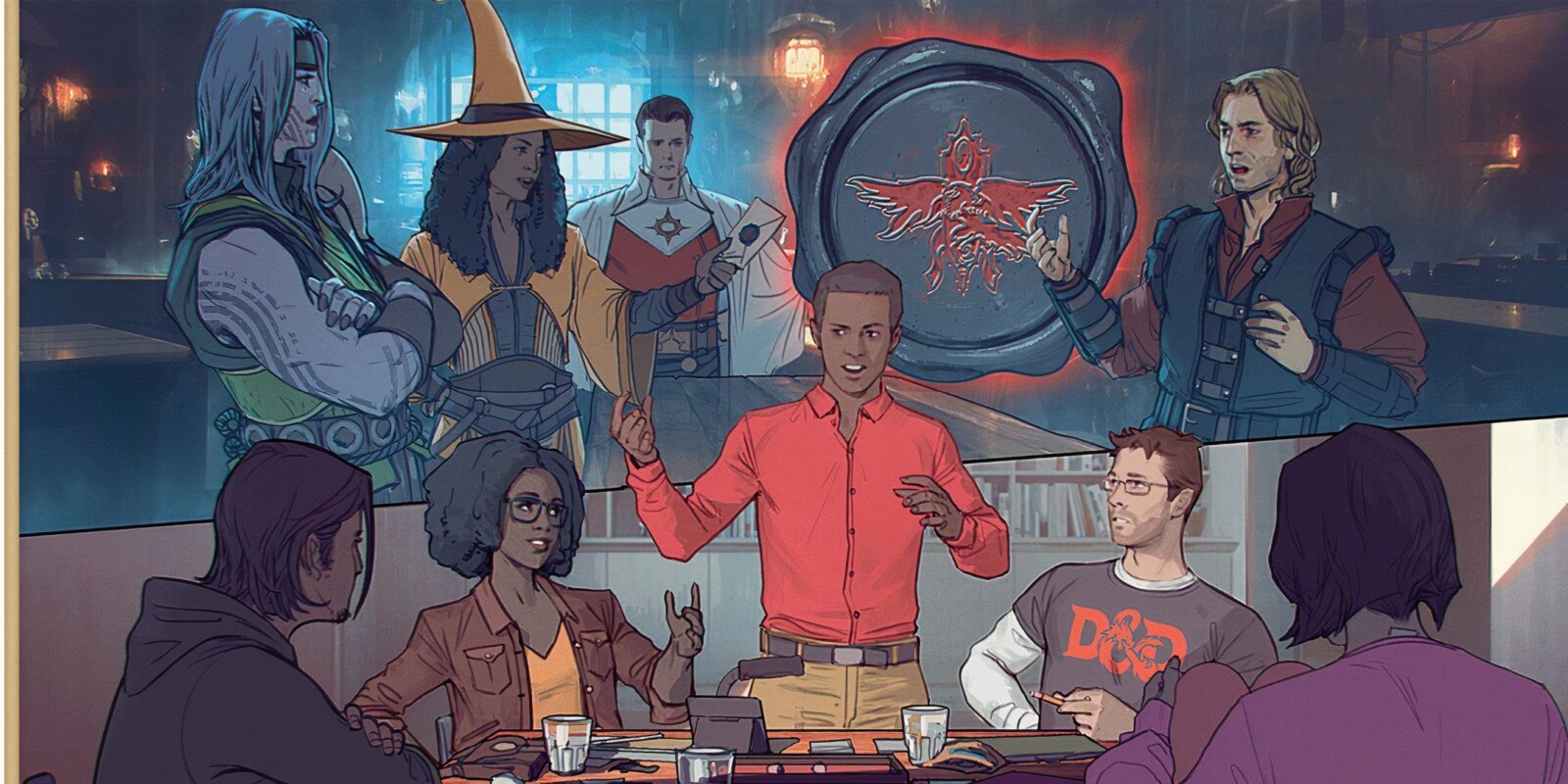
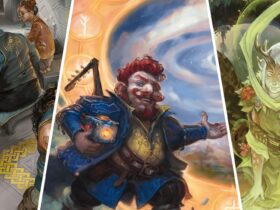
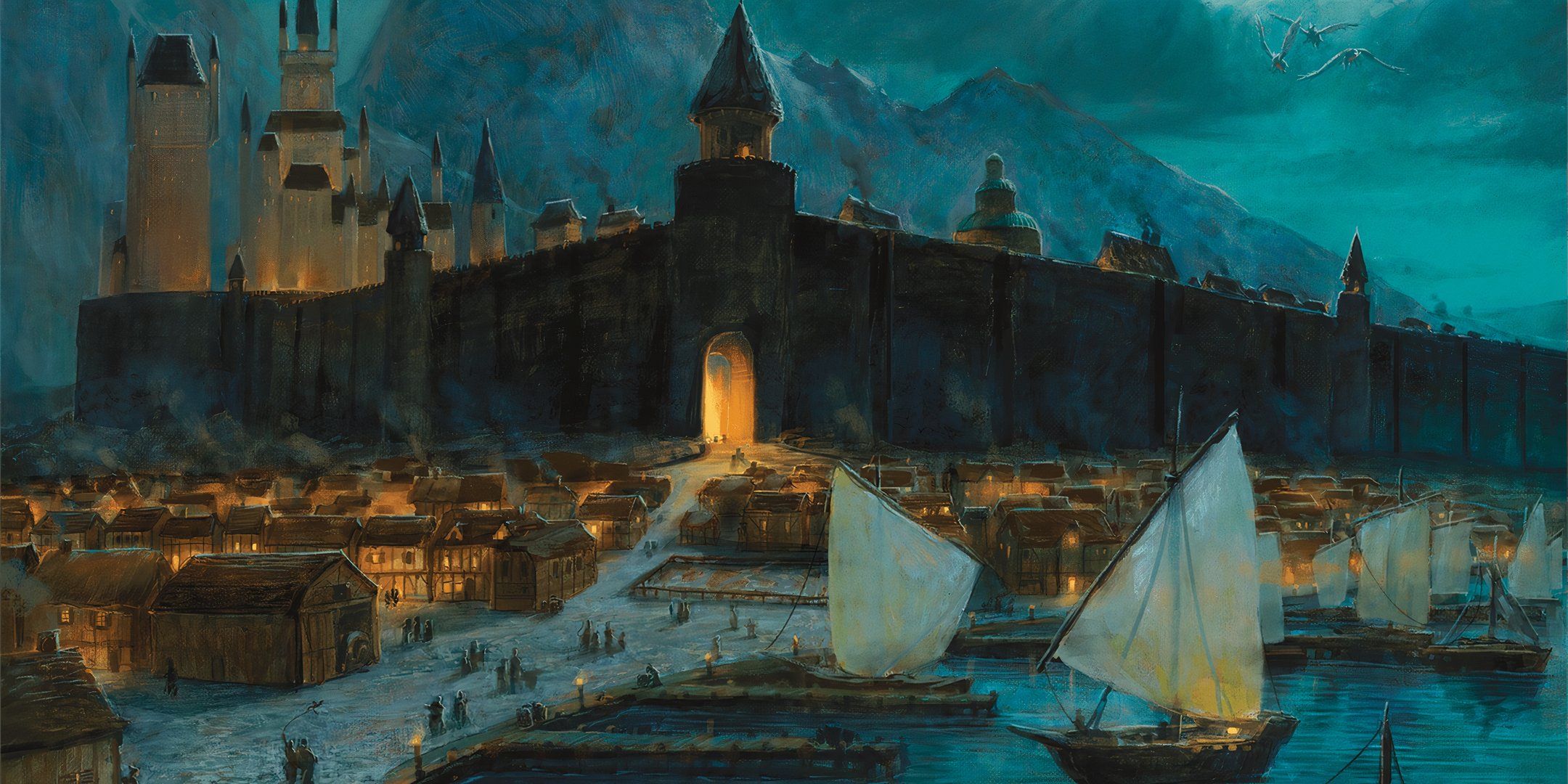
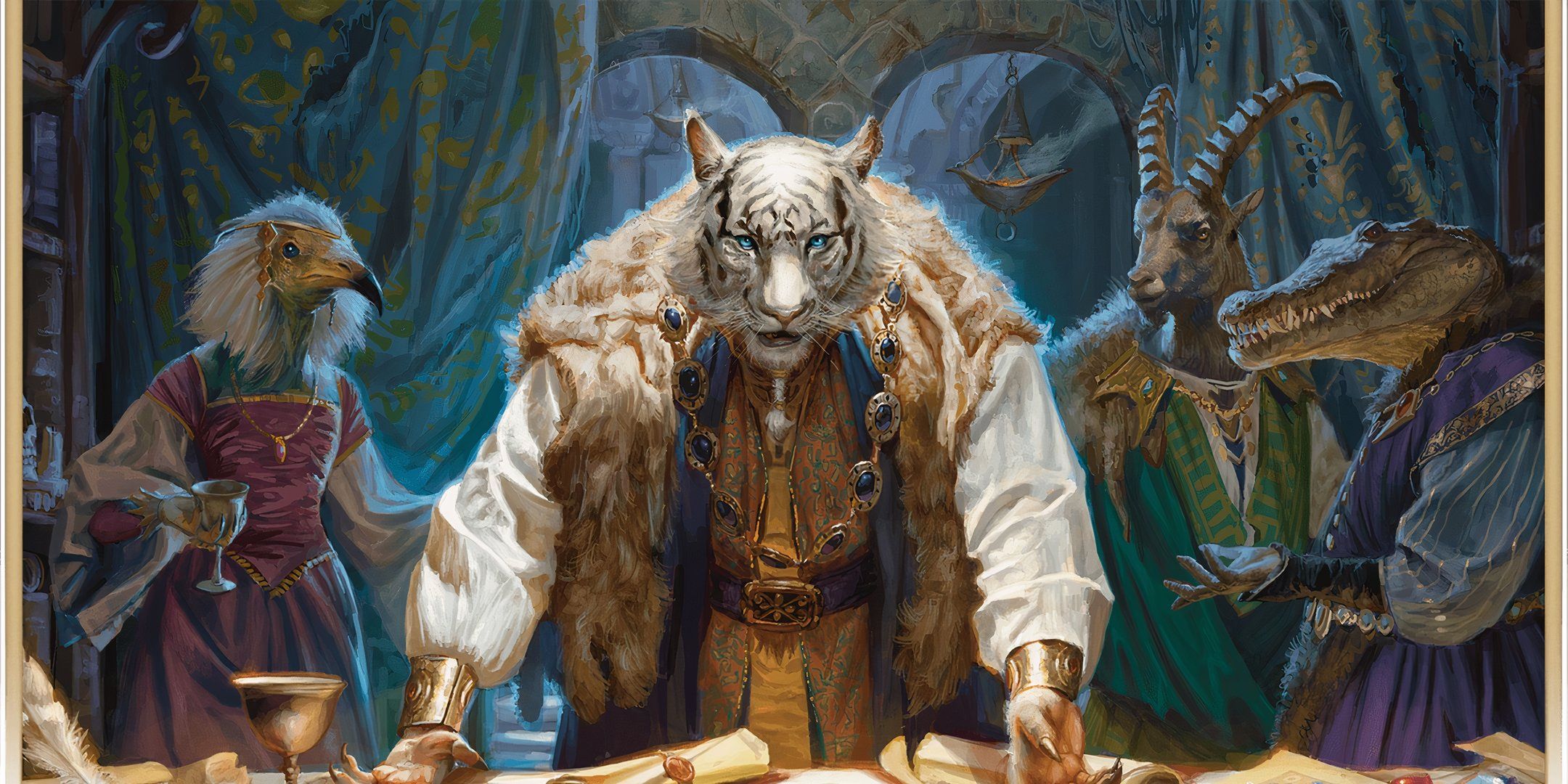

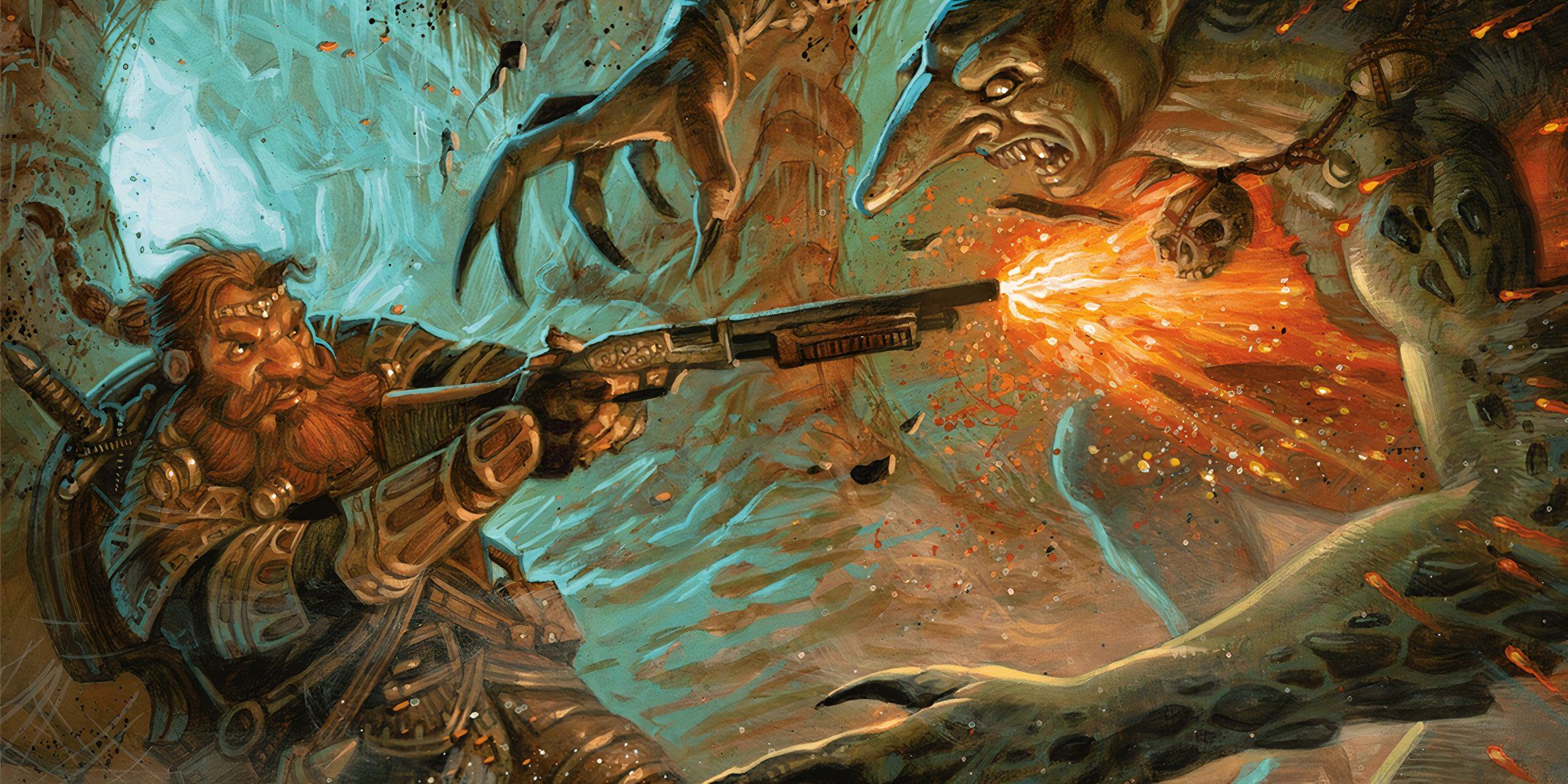


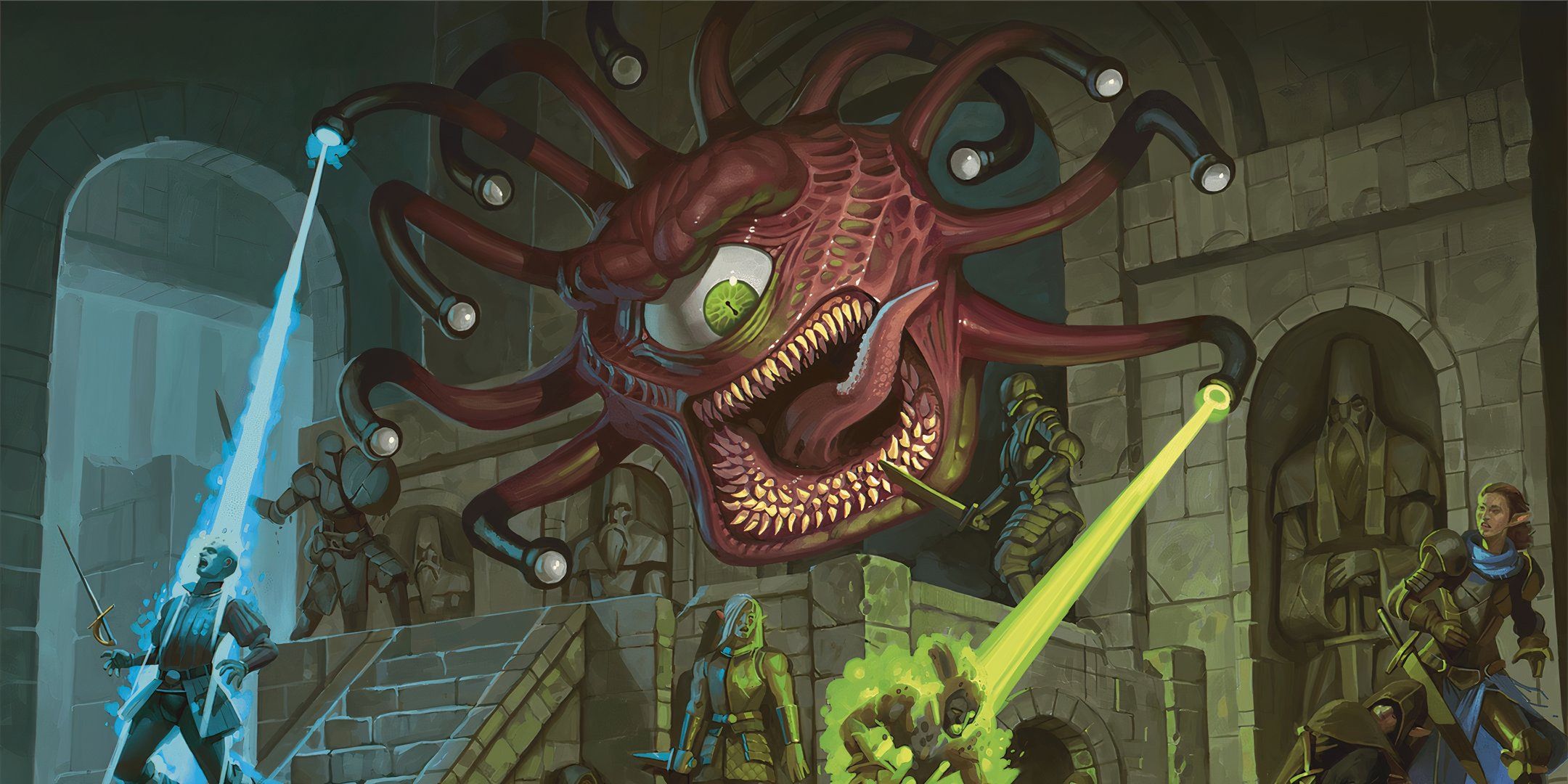
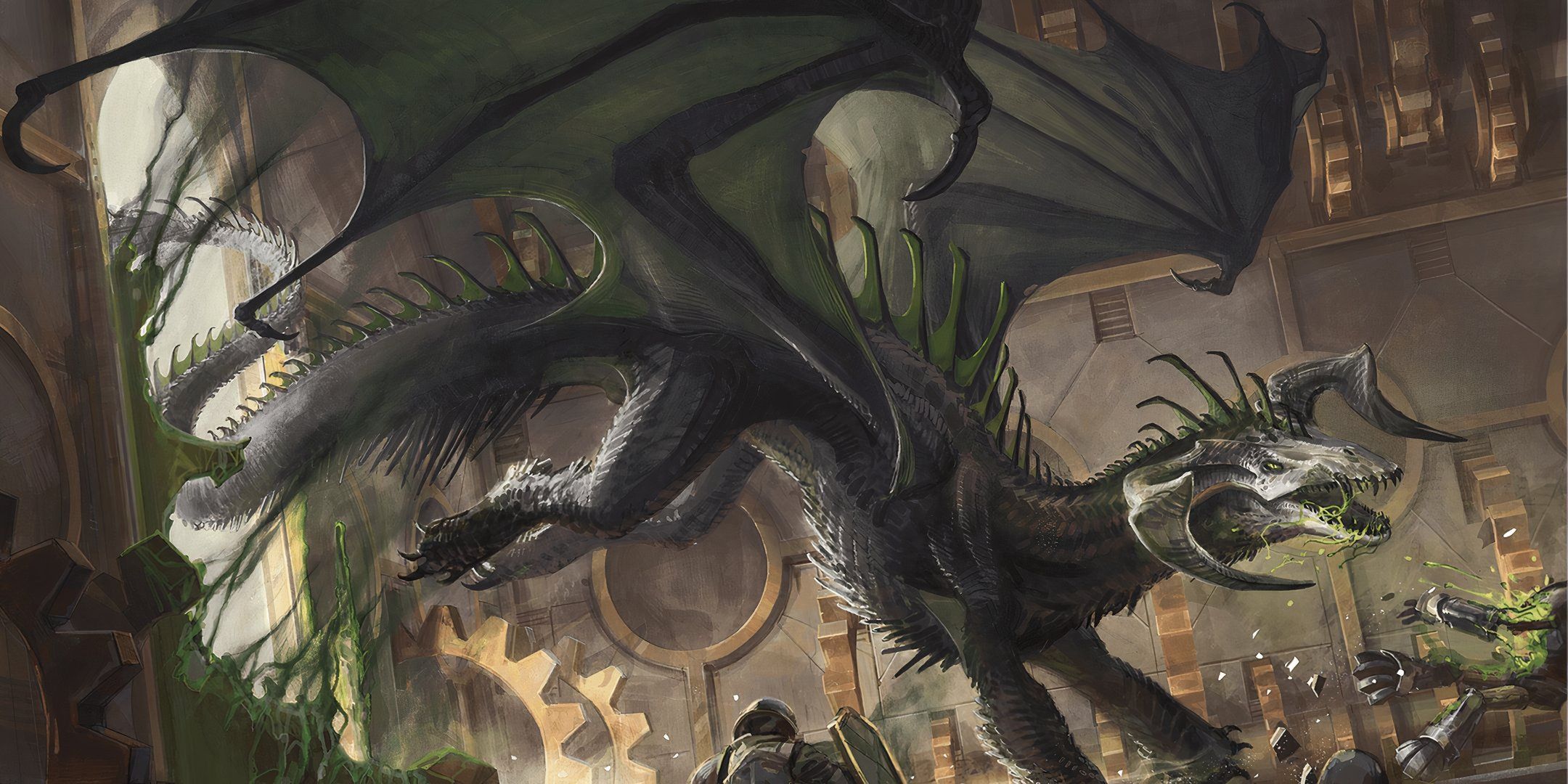





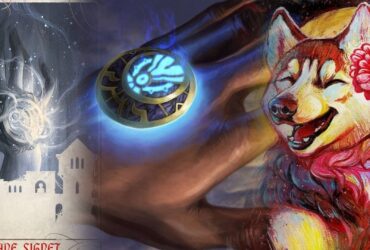

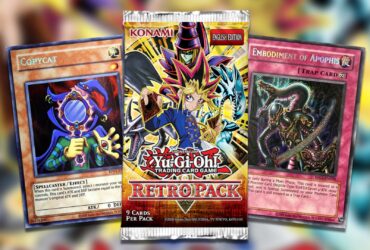



Leave a Reply